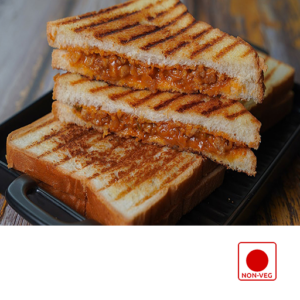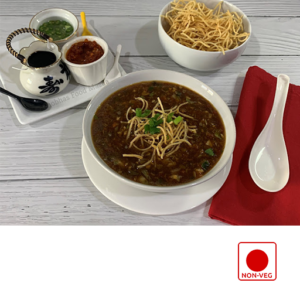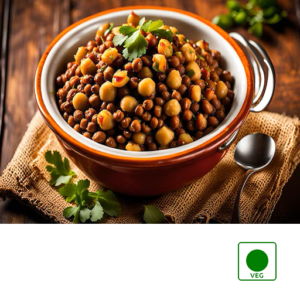
Pastries are baked goods made from doughs rich in fat and often sugar, resulting in a flaky, buttery, or tender texture. They are a broad category encompassing a wide variety of sweet and savory treats, enjoyed worldwide.
Here’s a breakdown of their key characteristics:
Rich Dough: Pastry doughs typically contain a high proportion of fat (butter, shortening, lard) compared to other baked goods like bread. This fat is crucial for creating the characteristic flaky or tender texture.
Variety of Textures: Pastries can have various textures, including:
Flaky: Thin layers of dough separated by fat, creating a light and crispy texture (e.g., croissants, puff pastry).
Short/Crumbly: A tender and crumbly texture due to a high fat content that inhibits gluten development (e.g., shortbread, pie crust).
Tender/Soft: A softer, more cake-like texture achieved through different dough mixing techniques (e.g., éclairs, cream puffs).
Sweet or Savory: Pastries can be sweet, filled with fruit, cream, chocolate, or other sweet ingredients, or savory, filled with meat, cheese, or vegetables.
Variety of Shapes and Sizes: Pastries come in countless shapes and sizes, from small bite-sized treats to larger pies and tarts.
Glazed or Decorated: Many pastries are glazed with sugar or egg wash for a shiny finish and can be decorated with icing, fruit, nuts, or other toppings.
Some common types of pastries include:
Puff Pastry: A light and flaky pastry used for croissants, turnovers, and other baked goods.
Shortcrust Pastry: A crumbly pastry used for pies, tarts, and quiches.
Choux Pastry: A light and airy pastry used for éclairs, cream puffs, and profiteroles.
Danish Pastry: A sweet, flaky pastry often filled with fruit or cream cheese.
Pastries are a versatile and delicious category of baked goods, enjoyed as breakfast items, desserts, snacks, or even as part of savory meals.











Reviews
There are no reviews yet.